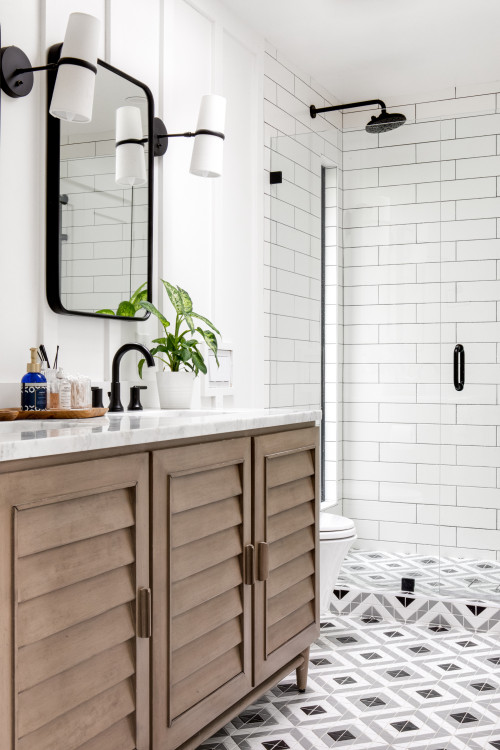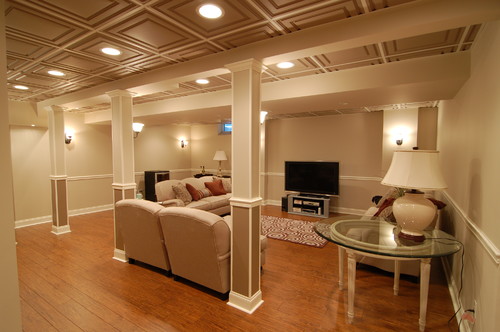You don’t have to go outdoors to experience allergy symptoms. If you have red and itchy eyes, you’re sneezing, and you haven’t even stepped outside, the problem might be coming from inside the house.
“Allergy and asthma control begins at home. Many people with allergies stay indoors when pollen is high, but dust mites, pet dander, mold, and even cockroaches can cause problems indoors,” says Kenneth Mendez, president and CEO of the Asthma and Allergy Foundation of America.
Allergic rhinitis affects 5.2 million kids and 19.2 million adults, according to the foundation. There may be triggers in your home—right under your nose—that are contributing to your constant sniffles and sneezing fits. Here’s how to address the allergens in each room.
Bedroom
You spend a lot of time in your bedroom, so experts recommend making it an allergy-free zone.
“The most common triggers for allergies inside the home include house dust mites—which accumulate in mattresses and bedding—and animal dander from pets,” says Dr. Stanley Fineman, an allergist and a spokesperson for the American College of Allergy, Asthma, and Immunology.
Wash bedding once a week in hot water, and consider using mattress and pillow covers. Keep pets out of the bedroom; but if that’s not an option, giving your dog a bath more frequently can help reduce dander.
Experts also recommend putting an air purifier in your bedroom. When choosing one, make sure to factor in the size of the room.
“Most times you get what you pay for, so consult a reputable HVAC company for the best suggestions for you and your family,” says Dr. Franklyn R. Gergits, who specializes in ear, nose, and throat and otolaryngic allergy at the Sinus and Allergy Wellness Center in Arizona.
Bathroom

Bathrooms without windows or good ventilation can be perfect environments for mold and mildew.
“To keep mold growth in check, it’s important to fix any leaks in or near the shower, sink, toilet, or tub,” says Mendez. “Free-standing water will contribute to mold growth.”
Always wear protective clothing, gloves, and a mask when handling mold-damaged materials, he says, and use disposable cloths or sponges to avoid spreading mold spores to other areas of the home.
“Use dehumidifiers or exhaust fans, or crack open a window, to help reduce moisture and humidity in bathrooms or other rooms in your home,” says Fineman.
Run an exhaust fan for at least 15 to 20 minutes after showering.
Kitchen

In the kitchen, Mendez recommends checking all waterlines such as sinks and dishwashers for any leaks—since mold can grow around water sources. It can also grow in trash cans, refrigerator seals, and cabinets, so check these areas as well and remove mold right away by cleaning with soap.
“Cockroaches are a common pest that can also be a source of allergens. Similar to dust mites, the cockroach’s waste and body can trigger allergic reactions in sensitive people,” says Mendez.
Avoid roaches by not leaving sources of water and food out at night. Put your pet’s dishes and food away, too.
Basement

Basements can also foster mold growth and cause allergic reactions.
“The lack of ventilation, dampness, and darkness of basements make this room a breeding ground for mold,” says Mendez. “Improving ventilation can help to reduce humidity in basements, as can using a dehumidifier.”
Clutter attracts dust, so keep rooms open and neat. Avoid carpeting and consider cork flooring since it’s naturally antimicrobial and a fire retardant. If you still want carpeting, wool is a good option. Area rugs attract dust and dirt, but no pile or short pile is a better option.
“Be sure to check for signs of dampness on walls and windows,” says Mendez. “Repair any leaks, remove mold-damaged materials, and clean moldy material that can’t be replaced.”
Living room

The living room gets lots of foot traffic, making it a central location for irritants and allergens that affect indoor air quality.
Avoid fabric curtains because they collect dust. Instead, use bamboo or wood window treatments. Leather or faux-leather furniture can be wiped clean of dust. Keep pets off furniture, too.
“Choose leather or vinyl furniture over fabric pieces, remove pillows, and opt for blinds instead of curtains,” says Mendez.
You can also try using an air purifier to remove airborne allergens in the living room, Mendez says. Consider the Dyson pure cool purifying tower fan ($595, Walmart.com).
“Wash throw blankets and rugs weekly in hot water,” says Mendez. “If you have carpet, consider replacing it with hard flooring if possible. If hard flooring isn’t an option, vacuum the carpet on a weekly basis.”
Run the air conditioner, but change or clean the filters once a month for window units and every three months for central air systems.
[ad_2]
Originally Appeared Here